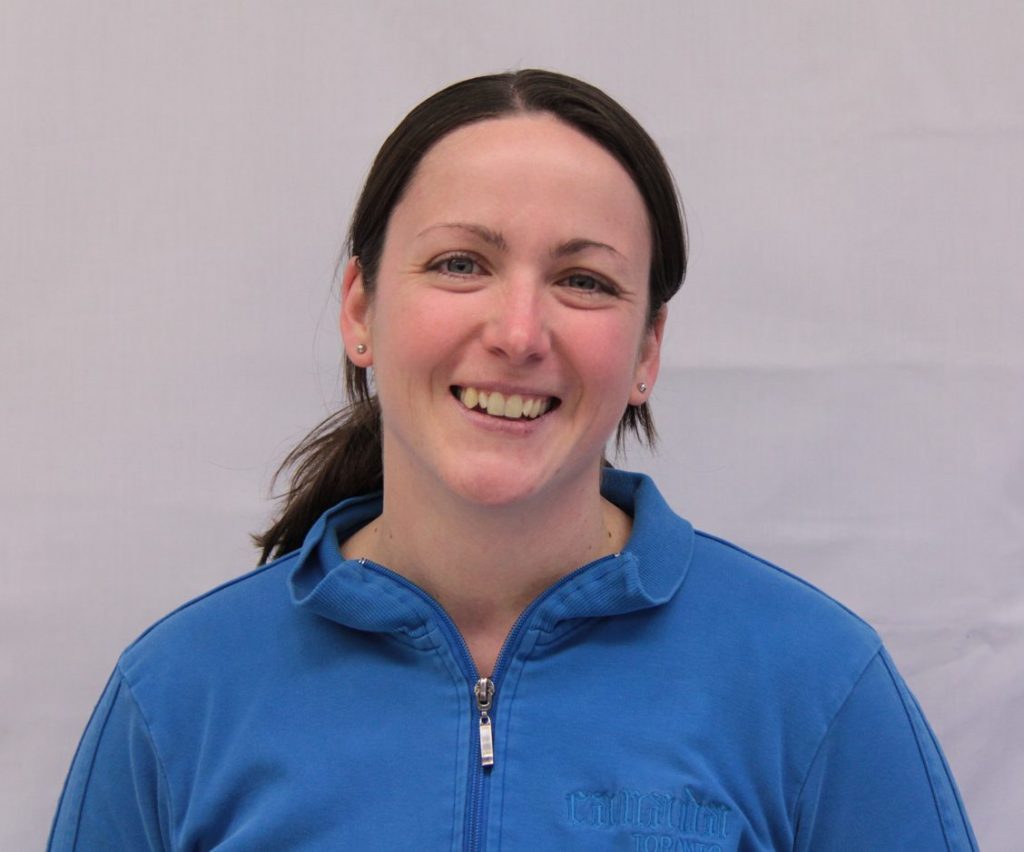Winter brings with it a new set of obstacles and problems to solve. At the Human Performance Centre, we often see an increase in the number of injuries related to falling or slipping on ice. Would you be excited to hear that there are ways to help reduce your risk of falling during the winter months?
Tip 1: Walk like a penguin.
By taking short steps and keeping your feet under your body you’re ensuring that your base of support remains under your centre of gravity. This significantly reduces the risk of your feet slipping out from underneath you.
Tip 2: Use ice cleats over your shoes and/or boots.
These accessories can significantly increase the traction between your shoes and the outside surface. Just remember to take them off when going indoors as the metal cleats tend to slip on firm, indoor surfaces such as concrete or tile.
Tip 3: Seek advice from your local physiotherapist.
Physiotherapy not only helps following injury, but we can often help prevent injury by reducing your risk of falling. The risk of falling increases with reduced balance, a loss of strength and a loss of mobility. Through exercise prescription, physiotherapy can help improve your balance, increase your strength, and get you moving – all of which can help reduce your risk of falling.
Call us at the Human Performance Centre, 738-8299, to start your path on a more active and injury-free winter.

Trevor Watson, PT




